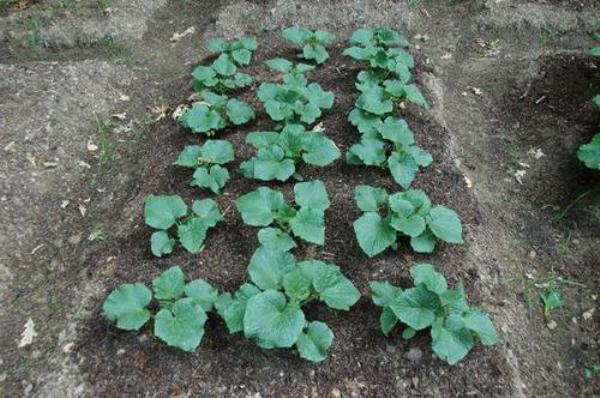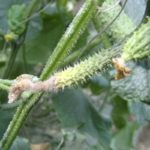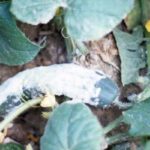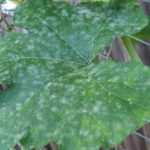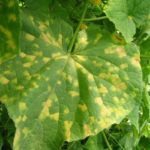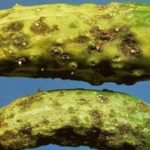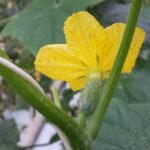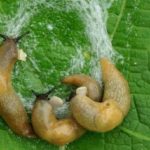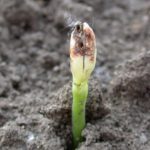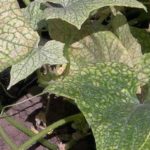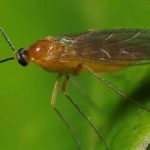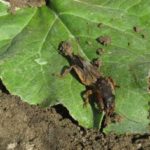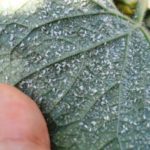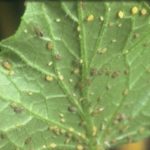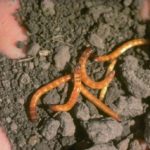The bush form in combination with high yield is the dream of any gardener who has a limited area for planting vegetables. Modern varieties of cucumber varieties have already earned an excellent reputation. among lovers of fresh vegetables and rightfully took their place in the calendar of garden works. The description and characteristics of the most popular cucumber varieties of this type are presented below.
Table of contents
What kind of cucumbers are called bush
Kustovami called specially bred varieties and hybrid forms of cucumbers, which differ in such common features as:
- compactness - The plant grows in the form of a small bush;
- short stem length - depending on the variety and growing conditions, the stem reaches a length of 30-70 cm;
- weak branching - side scourge small and short;

- lots of the ovaries;
- early maturity - bush varieties and hybrids are characterized by a short period of fruit ripening;
- "Friendliness" return crop - all greenhouses in the ovary reach maturity within a short period of time.
What distinguishes bush cucumbers
| Bush or short-stem cucumbers | |
|---|---|
| Sprouting | In the form of a compact, heavily leafy shrub with short lashes and fruit ovaries, resembling a flower brush - in one node several Zelentsov at a time. |
| Growing conditions | Open landings, less often - in greenhouse or greenhouse conditions. |
| Terms of ripening | Early, on 40-50 day. |
| Disease resistance | High - due to the rapid maturation and ease of processing between rows. |
| Yield | The average, as on short stems and lashes of the ovary is less than on long stem varieties. |
| Care | More simple due to the compactness and simplicity of the plant. |
In addition to the advantages of bush cucumbers can be attributed to long periods of storage of the crop and excellent taste.
Popular varieties
A variety of seed material allows gardeners to choose bush cucumbers for such parameters as growing conditions, ripening time and post-processing methods - only salad or also suitable for canning.
Among varietal options
Shrub
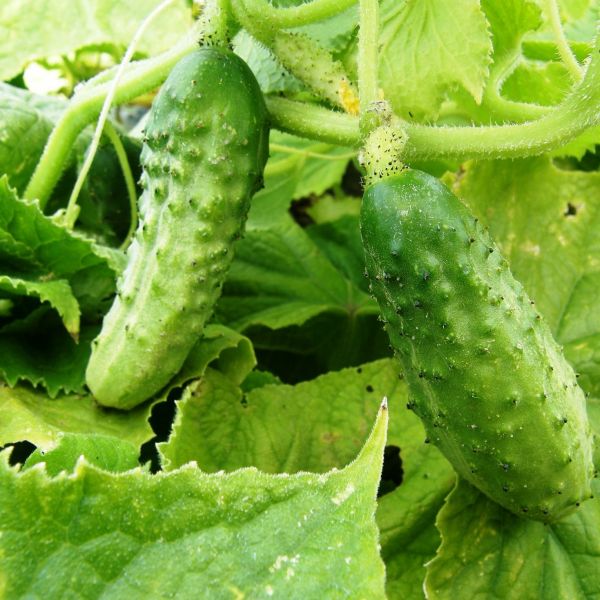
The early ripe grade pollinated by bees landed in open soil. Ripens on 42-45 day. Fruits are red-tuberous, cylindrical, green. The variety has good keeping quality. Suitable for salting and canning.
Microsha
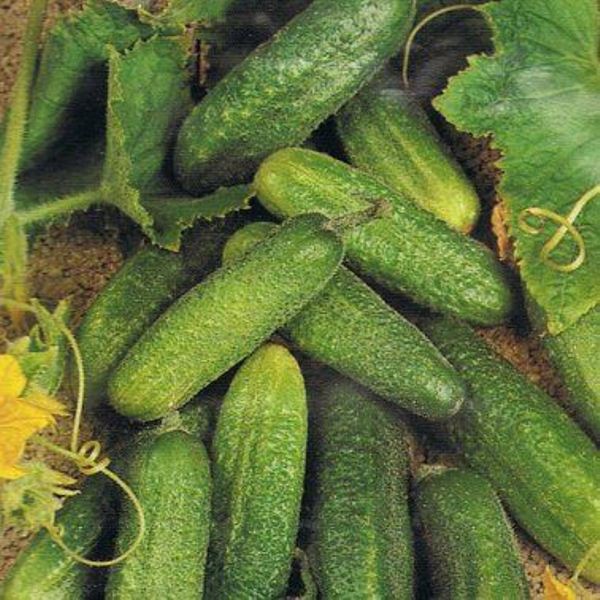
The early ripe, steady against diseases, a grade needing pollination. It is grown in open plantings of seeds and seedlings. Ripens on 46-48 day. Fruits are egg-shaped, dark green, tuberculate. They have good taste. In addition to salads can be used for salting and canning.
Shrub Gift
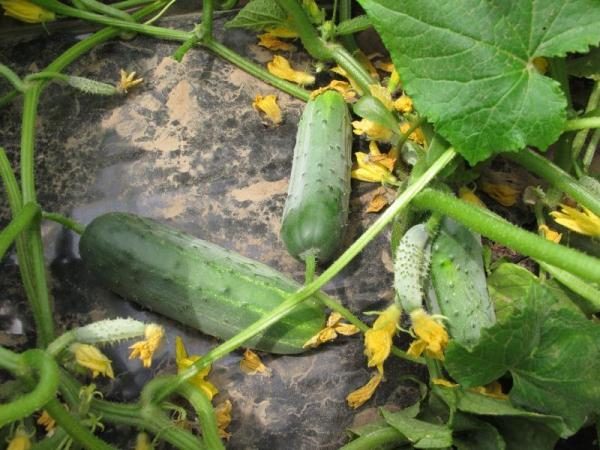
Early maturing pollinated variety with ripening period 47-50 days Planted in open ground. Fruits are dark green, medium-sized, with good taste. Suitable for pickles and preparations for the winter.
Hybrids
F1 kid
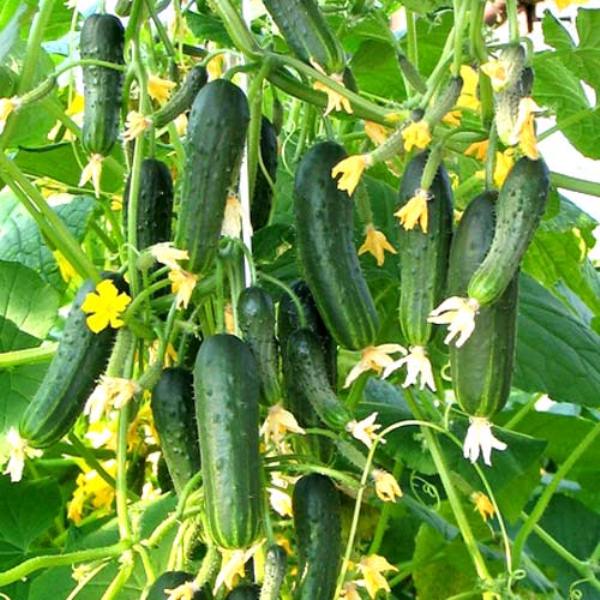
Early variety Kid with a stem length of not more than 30 cm. It is intended for cultivation in open ground. Matures to 40 day since the germination of seedlings. Fruits are dark green with a large-tuberous surface about 9 cm long. Resistant to powdery mildew and viruses.
F1 ant
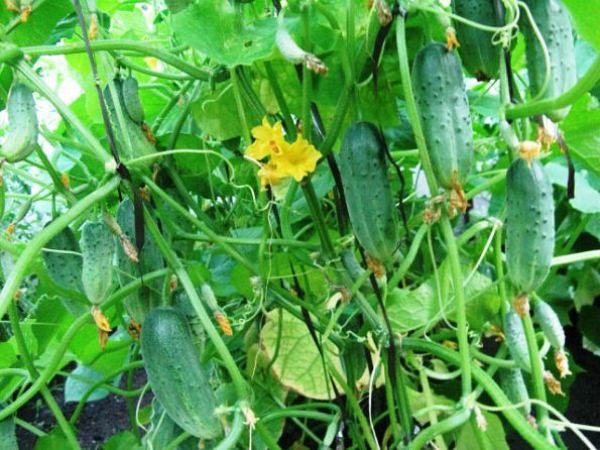
Ultra-early beam hybrid with weak branching stems for cultivation in open and closed ground. Ripens on 37-38 day after germination. Hybrid self-pollinating with large-lumpy oval-shaped fruits. Resistant to viruses and diseases.
Shorty F1
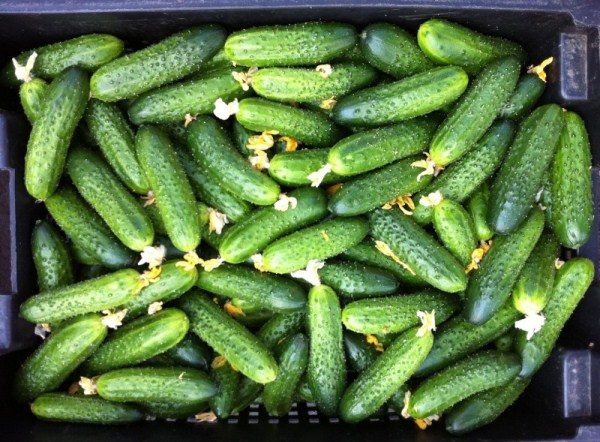
The early ripe self-pollinated hybrid removed for cultivation in an open ground. Gestation period - 47-52 of the day Fruits are dark green, cylindrical, with whitish thorns. The variety is resistant to temperature fluctuations.
Planting in open ground
To plant such cucumbers can be seeds directly in open ground or in the form of pre-grown seedlings. Landing pattern - rows with a row 45-60 see and the distance between the bushes 15-30 cm depending on the selected grade. In order to avoid development of diseases you should not make planting too thick.
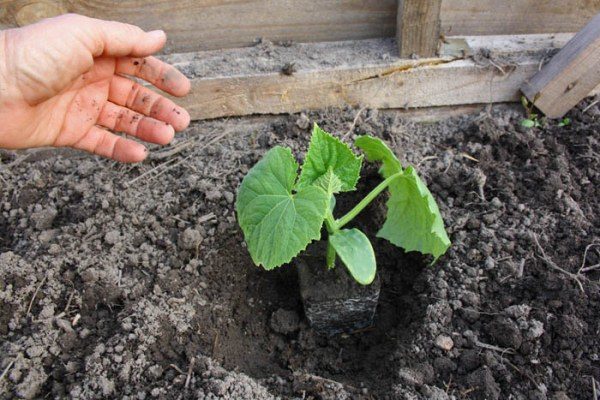
Cucumber seeds are sown in the ground at the end of May, when the soil and air are already well warmed. For normal germination, this plant requires a temperature of + 20-25 ° C. When possible return frost crops should be covered with a film or agrofibre.
For seedlings, seed cucumber seeds are sown in late April - early May. At the optimum temperature, seedlings appear for 5-6 days. By the time of landing in the ground seedlings should reach the age of 20 days.To protect against temperature fluctuations, it is recommended to land it under a film cover.
Peculiarities of care
Spray cucumbers do not need special care. Due to its compactness, it is even easier, since, for example, bush forms do not need pinching and tying. Caring for this type of cucumber is reduced to the following activities:
- watering - regular and quite abundant, but without excessive moisture, to prevent the development of fungal diseases, preferably settled and not cold water in the early morning or late evening;
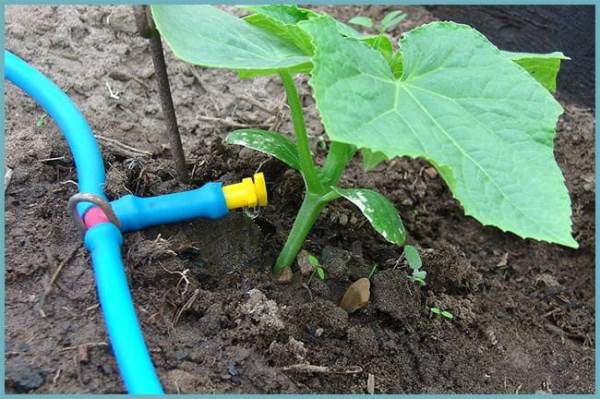
- top dressing - systematic, as the bush forms develop more intensively than the long-stem ones, therefore they need more nutrients in the form of nitrogenous and potassium fertilizers;
- soil loosening - regular, especially after watering, but careful not to damage the root system located close to the surface;
- weed control and the removal of sluggish or diseased leaves and fruits - in too thick and littered plants, the likelihood of developing diseases and the appearance of pests increases.
Diseases and pests
Like ordinary cucumbers, shrubs can suffer from diseases such as:
- powdery mildew - fungal disease, a symptom of which is a white (sometimes - rarely) mealy coating on the leaves;
- perinospora - downy mildew, manifested by numerous light yellow spots covering the leaves;
- cladosporia or brown olive spot - also a fungal disease that appears on the leaves and fruits in the form of small rounded ulcers of a green-brown or olive shade;
- anthracnose - a disease in which a large amount of brown spots appears on the leaves and wet ulcers on the fruits;
- sclerotinia or white rot - develops from fungi and affects the whole plant, starting to grow from numerous white bodies, gradually covering stems, leaves and fruits with a continuous bloom, which causes their softening and rotting;
- gray rot - Bacterial disease, manifested in the form of vague watery brown spots, which quickly become smoky gray;
- root rot - it is a sign of rapidly withering leaves and rotten red roots.
- Gray rot
- Sclerotinia go white rot
- Anthracnose
- Root rot
- Mealy dew
- Perinosporosis
- Signs of Cladosporiosis
Diseases develop for such reasons as:
- crop failure;
- contaminated seed;
- dry or excessively moist soil in combination with thickened plantings;
- watering with cold water;
- poor processing of soil between plants;
- late harvesting of plant residues and weeds.
In addition to diseases, the enemies of cucumbers are also some garden pests. These include:
- melon aphid;
- cucumber mosquito;
- spider mite;
- sprout fly;
- gall nematode;
- whitefly greenhouse;
- slugs;
- Bears;
- thrips;
- wireworm
- Thrips
- Slugs
- Sprout fly
- Signs of defeat cucumber gallic nematode
- Cucumber mosquito
- Medvedki
- Whitefly greenhouse
- Gourd Aphid
- Spider mite
- Wireworm
The main methods of pest control - spraying and precise adherence to the cultivation of cucumbers, especially the pre-plant preparation of the soil.
Bush cucumbers are an excellent alternative to classic, long-stem varieties, if the place for planting is limited. They are unpretentious and resistant to diseases, and in response to simple care are ready to please with a bountiful harvest of tasty fruits, which can be used fresh or harvested for the winter.
